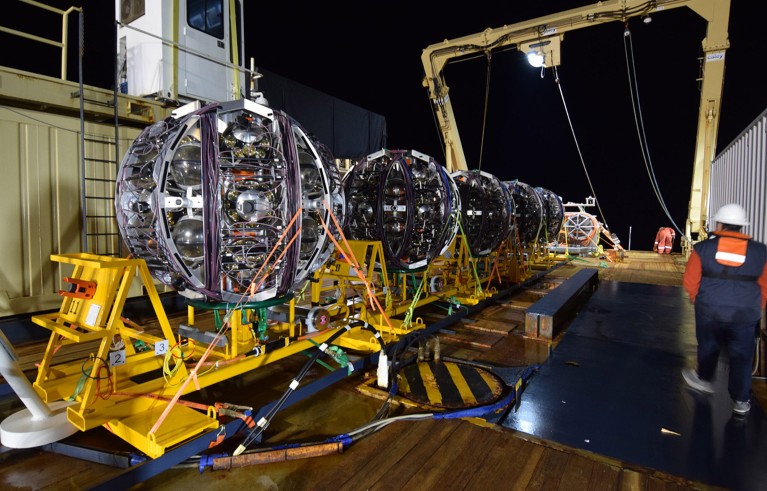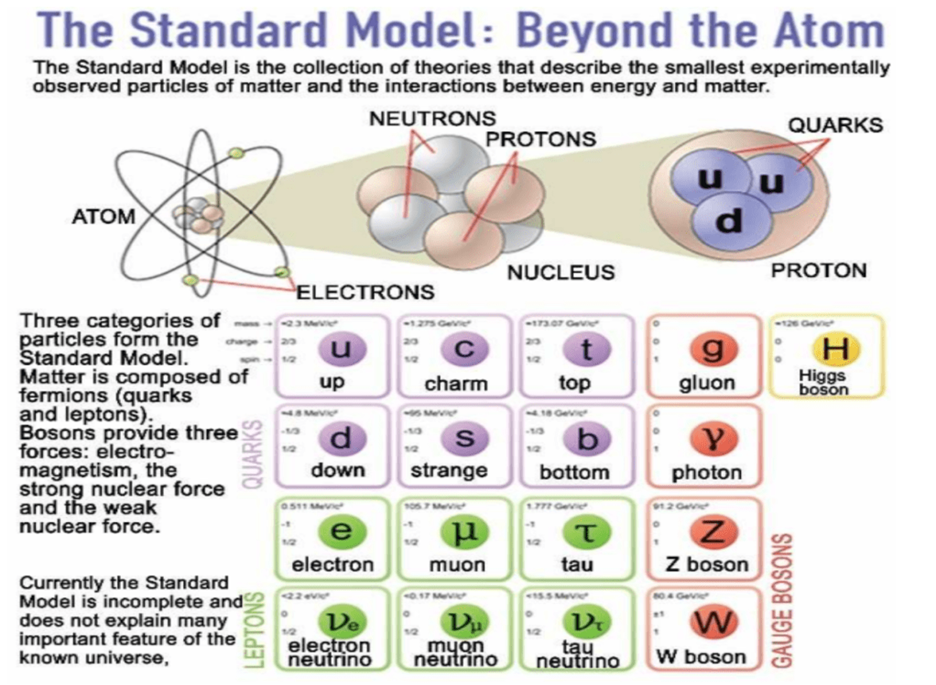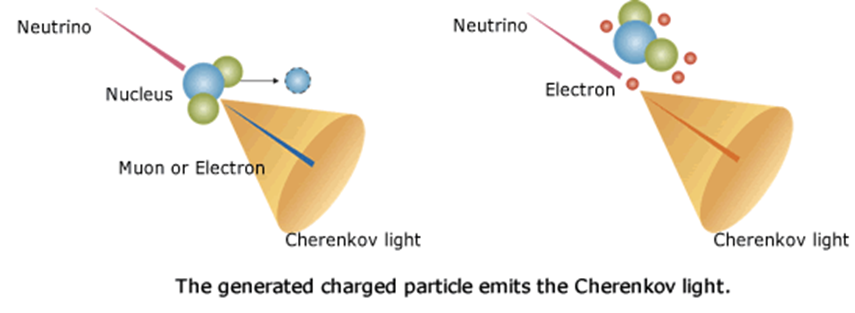- Courses
- GS Full Course 1 Year
- GS Full Course 2 Year
- GS Full Course 3 Year
- GS Full Course Till Selection
- Answer Alpha: Mains 2025 Mentorship
- MEP (Mains Enrichment Programme) Data, Facts
- Essay Target – 150+ Marks
- Online Program
- GS Recorded Course
- Polity
- Geography
- Economy
- Ancient, Medieval and Art & Culture AMAC
- Modern India, Post Independence & World History
- Environment
- Governance
- Science & Technology
- International Relations and Internal Security
- Disaster Management
- Ethics
- NCERT Current Affairs
- Indian Society and Social Issue
- NCERT- Science and Technology
- NCERT - Geography
- NCERT - Ancient History
- NCERT- World History
- NCERT Modern History
- CSAT
- 5 LAYERED ARJUNA Mentorship
- Public Administration Optional
- ABOUT US
- OUR TOPPERS
- TEST SERIES
- FREE STUDY MATERIAL
- VIDEOS
- CONTACT US
The Most Energetic Neutrino Ever Detected
The Most Energetic Neutrino Ever Detected

- Recently, Astrophysicists have detected the most energetic neutrino ever observed, with an astonishing energy of 220 petaelectronvolts (PeV).
- This discovery was made by the Cubic Kilometre Neutrino Telescope (KM3NeT), an advanced underwater observatory still under construction at the bottom of the Mediterranean Sea.
- The neutrino is estimated to have originated from beyond the Milky Way galaxy, marking a significant milestone in astroparticle physics.
Major Highlights of the Discovery
- The detected neutrino had 30 times more energy than any previously recorded neutrino.
- Extreme Energy Comparison:
- 100 trillion times more energy than a typical particle at the Sun's core.
- Trillions of times more energy than medical X-rays.
- Ten billion times more than the most hazardous radioactive particles.
- Twenty thousand times more energetic than any particle produced in the Large Hadron Collider (LHC).
- Unknown Origin: While its precise source remains undetermined, it is believed to have originated from outside the Milky Way.
What are Neutrinos?
Neutrinos belong to the category of leptons in the Standard Model of Particle Physics. They are unique subatomic particles with extraordinary properties:
- Electrically neutral and nearly massless.
- Second-most abundant particles in the universe after photons.
- Most abundant among particles that constitute matter.
- Extremely elusive, interacting weakly with matter, hence often called "ghost particles".
- Can pass through entire planets and vast distances undetected.
Types of Neutrinos
There are three primary types of neutrinos:
- Electron neutrino (𝜈e)
- Muon neutrino (𝜈μ)
- Tau neutrino (𝜈τ) These neutrinos are produced when their respective leptons (electron, muon, and tau) interact with matter.
Sources of Neutrinos
Neutrinos are produced by various astrophysical and nuclear phenomena:
- Stars (including the Sun)
- Supernovae
- Galaxies
- Nuclear reactions

Cubic Kilometre Neutrino Telescope (KM3NeT)
- KM3NeT is an ambitious deep-sea neutrino observatory currently being built by an international collaboration of over 300 scientists and engineers from 21 countries.
- Once completed, it will occupy a cubic kilometre of seawater and house over 6,000 light detectors to track neutrino interactions.
Key Components of KM3NeT
- ARCA (Astroparticle Research with Cosmics in the Abyss):
- Located 3.4 km deep near Sicily, Italy.
- Focused on detecting high-energy astrophysical neutrinos.
- ORCA (Oscillation Research with Cosmics in the Abyss):
- Located 2.4 km deep near Provence, France.
- Designed to study low-energy neutrinos and neutrino oscillations.
How Does KM3NeT Detect Neutrinos?
- Neutrinos rarely interact with matter, making them extremely difficult to detect. However, in rare instances, a neutrino collides with a water molecule, leading to a cascade of secondary particles.
- This results in the emission of Cherenkov radiation—a faint bluish glow that can be detected by KM3NeT’s optical sensors.
Detection Process:
- Neutrino Collision: A neutrino strikes a water molecule, creating secondary particles (e.g., muons).
- Cherenkov Radiation: These particles travel faster than light in water, emitting Cherenkov radiation.
- Light Detection: The light detectors of KM3NeT capture this glow.
- Data Analysis: By analyzing the radiation pattern, scientists reconstruct the neutrino’s energy and trajectory.

Why is This Discovery Important?
The study of neutrinos is crucial for understanding fundamental questions in astrophysics and particle physics. This breakthrough could:
- Provide insights into the early universe, potentially revealing conditions moments after the Big Bang.
- Help explore the Higgs mechanism and mass generation, as neutrinos defy predictions of the Standard Model by possessing mass.
- Lead to new physics beyond the Standard Model, as current theories struggle to explain neutrino properties fully.
- Offer a unique way to study deep-space objects, since neutrinos travel unobstructed over cosmic distances, unlike photons which can be blocked by dust and other matter.
Challenges and Future Prospects
Despite its success, the KM3NeT project faces challenges:
- Understanding the source: Unlike other high-energy cosmic neutrinos, this event's origin remains unidentified.
- Comparison with IceCube: The IceCube Neutrino Observatory in Antarctica, which has been operational since 2011, has yet to detect such high-energy neutrinos. This discrepancy raises questions about the rarity and nature of these extreme particles.
- Need for more data: Further observations are essential to confirm the significance of this detection and unravel the mysteries of cosmic neutrinos.
With continued advancements in neutrino detection technology, future discoveries by KM3NeT and IceCube could revolutionize our understanding of the universe, fundamental forces, and the physics beyond the Standard Model.
You Must Read: Rare Subatomic Mystery and Neutrinos
Conclusion
The detection of the most energetic neutrino ever observed is a landmark event in astroparticle physics. With an energy of 220 PeV, this ghost particle challenges existing theories and paves the way for groundbreaking discoveries. As KM3NeT progresses, scientists anticipate further revelations that could reshape our comprehension of the cosmos and fundamental physics.

